
If Casper is only available in the Korean market, the newcomer Inster will be sold in Europe, the Middle East, and Asia-Pacific.
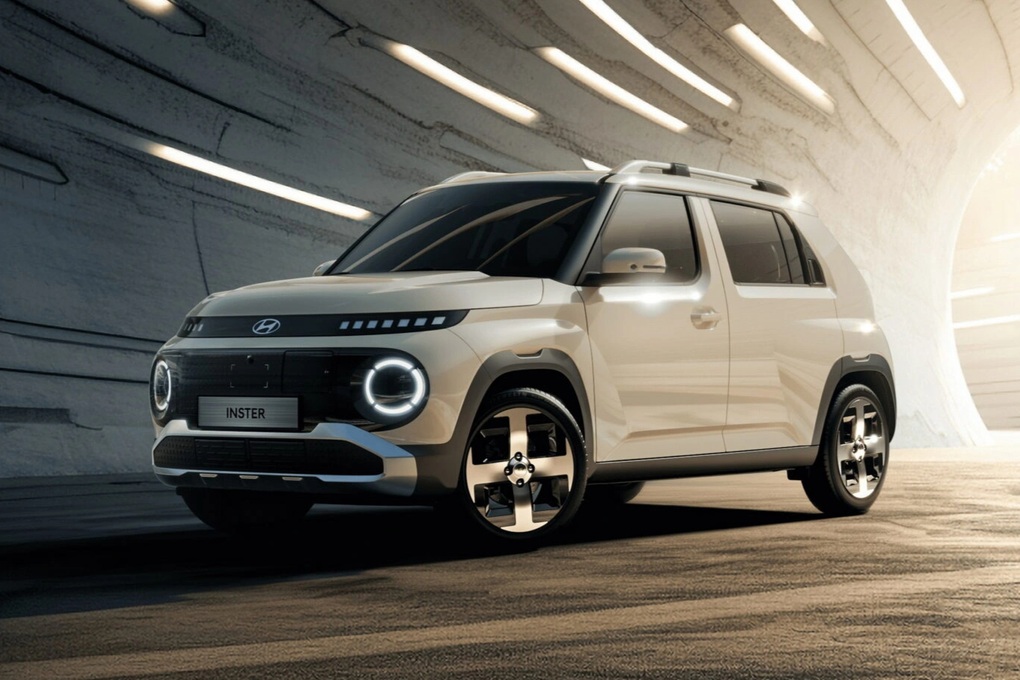
The launch of Inster shows that Hyundai still sees the potential and future of the SUV/crossover segment (Photo: Hyundai).
Although "borrowing" the design of the 2021 Casper, Inster has some additional details with electric car characteristics, such as a front bumper that extends to the sides, 15-inch or 17-inch wheels, and attention-grabbing LED lights both front and rear. Importantly, Inster is 230mm longer than Casper, with a 180mm longer wheelbase.
Despite being longer, Inster is still a small-sized car. The corresponding dimensions of the car are 3,825 x 1,610 x 1,575 (mm), with a wheelbase of 2,580mm.
In Europe, Hyundai Inster will be positioned between the A-SUV (Toyota Aygo X, Suzuki Ignis) and B-SUV (Jeep Avenger, VW T-Cross) segments, targeting customers who mainly buy cars for city driving.
Hyundai has said that there will also be an Inster Cross version with a more rugged design, suitable for short outdoor trips.
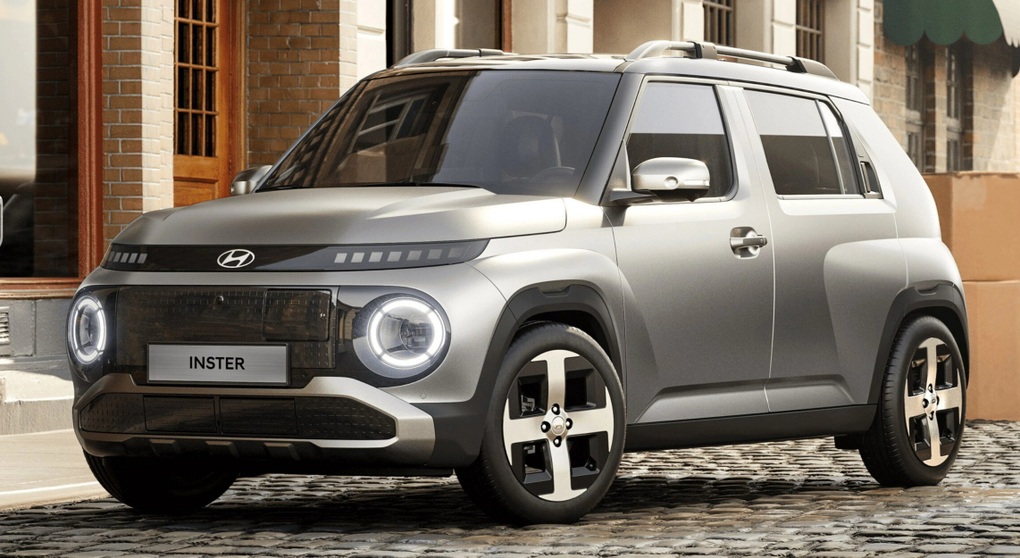

The basic shape of Hyundai Inster is similar to Casper (Photo: Hyundai).
The interior design of Inster is also similar to Casper, but with upgrades in technology and color options. The driver's compartment is equipped with two 10.25-inch screens, much larger than the screen on the Casper.
Depending on the version, standard equipment will include wireless charging pad, 64-color LED ambient lighting, heated front seats, sunroof, and a fairly comprehensive ADAS driving support package.
All seats can be folded flat, with the second row able to slide up and down and recline, along with the option of a bench seat. The cargo space has a capacity of 280 liters, which can be increased to 351 liters depending on the position of the rear seats.
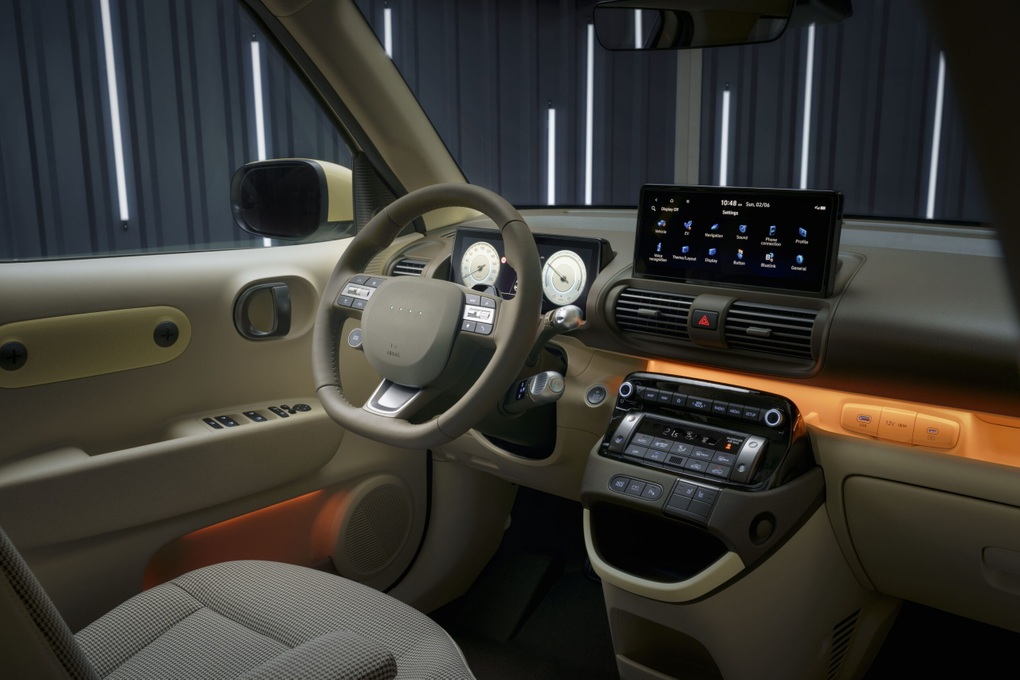
The interior space of Inster is designed similarly to Casper (Photo: Hyundai).
Hyundai Inster has two different engine configurations for the Standard and Long Range versions.
The standard version uses a single electric motor with 95 horsepower and 147Nm of torque. With a 42kWh battery pack, the car can travel over 300km on a single charge.
Meanwhile, the Long Range version uses a higher-powered electric motor - 113 horsepower, combined with a slightly larger 49kWh battery pack, promising to lead the segment in operating range - 355km per charge.
These figures are much higher than the Kia Ray, the only electric car using the K1 platform developed by Hyundai and Kia together.
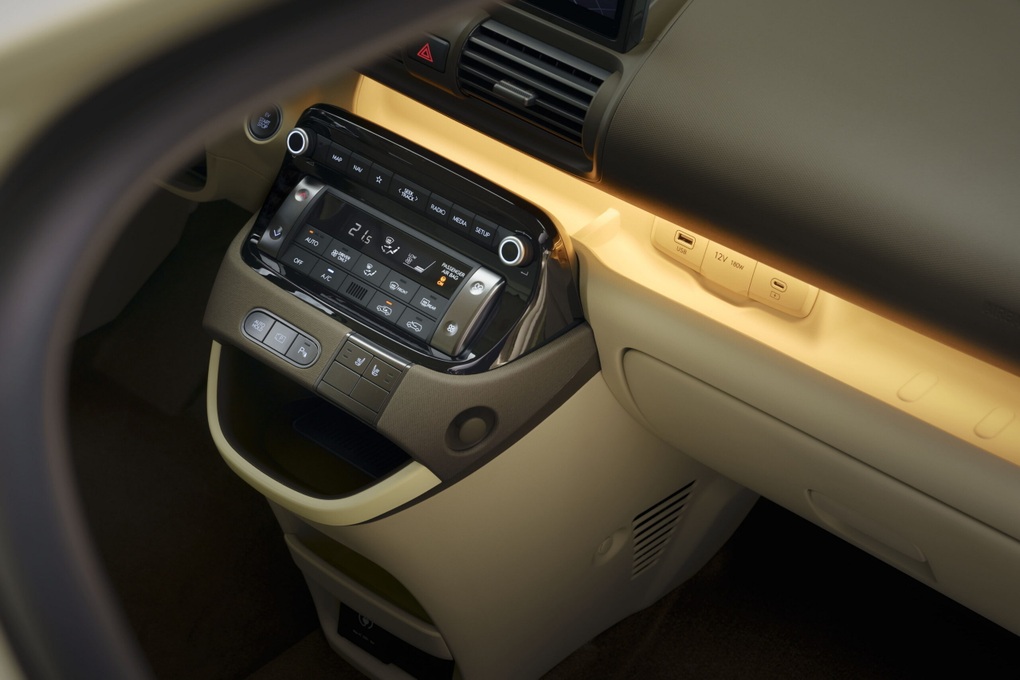
Despite being a small car, Inster comes equipped with quite a lot of technology (Photo: Hyundai).
With a 120kW fast charging system, the newcomer Inster can charge from 10% to 80% in just 30 minutes. With an 11kW slow charging system, it will take 4 hours to fully charge the battery for the Standard version and 4 hours and 35 minutes for the Long Range version.
The V2L feature allows the Hyundai Inster to become a backup charger for other devices, such as electric bikes and camping equipment.
The Hyundai Inster will be available in the Korean market this summer, after its official debut at the Busan International Motor Show 2024, then in other markets in Europe, the Middle East, and Asia-Pacific. The price has not been announced yet.
Some images of the Hyundai Inster model just introduced:
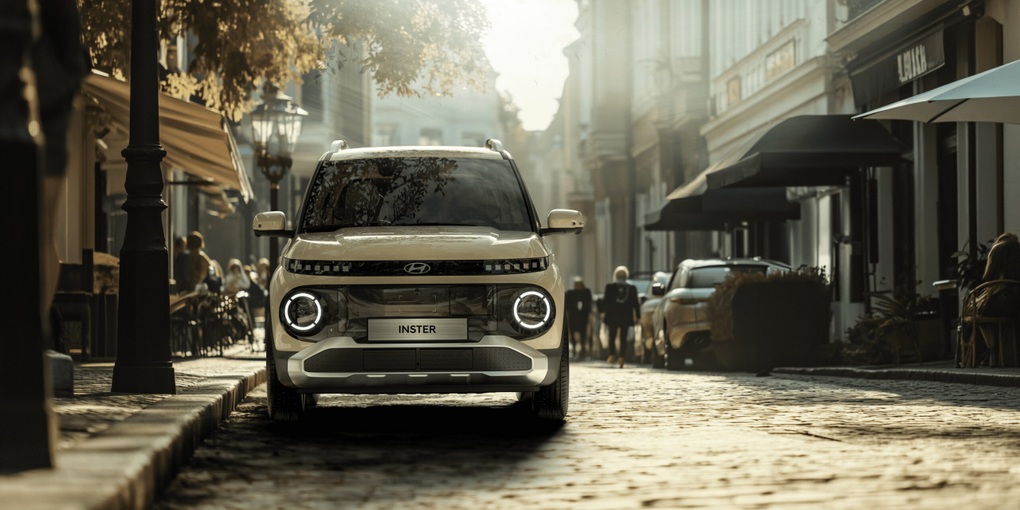
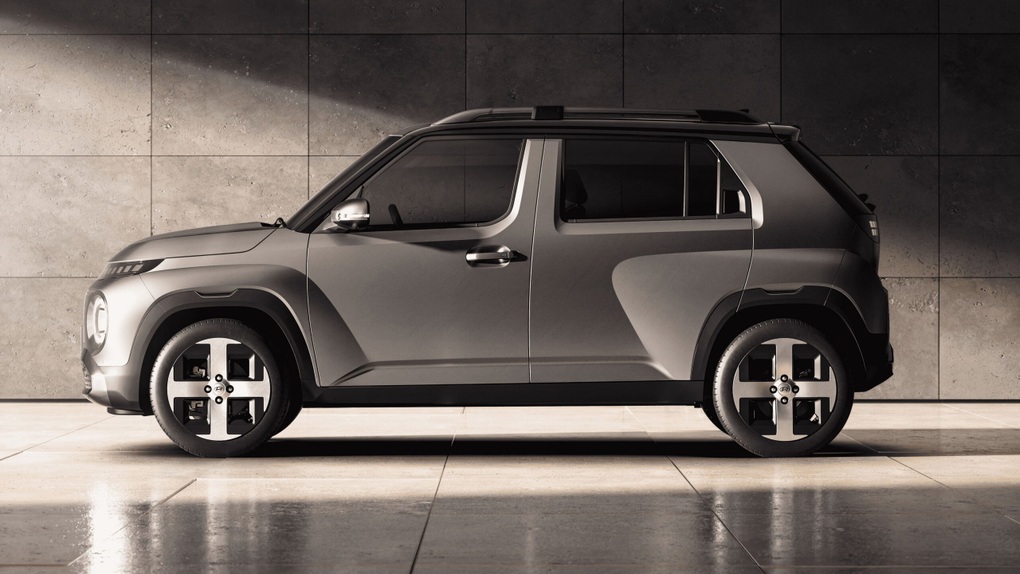
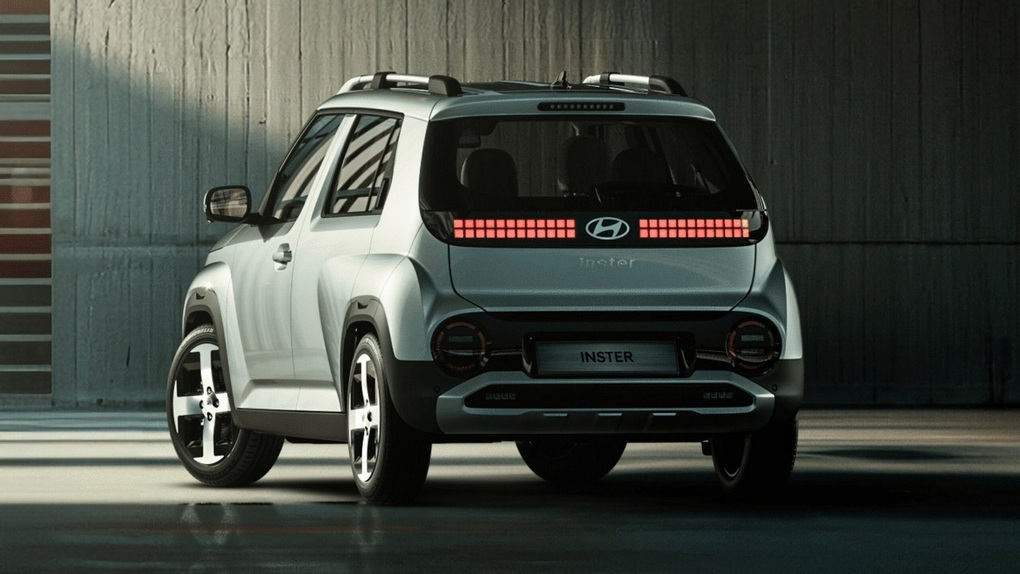
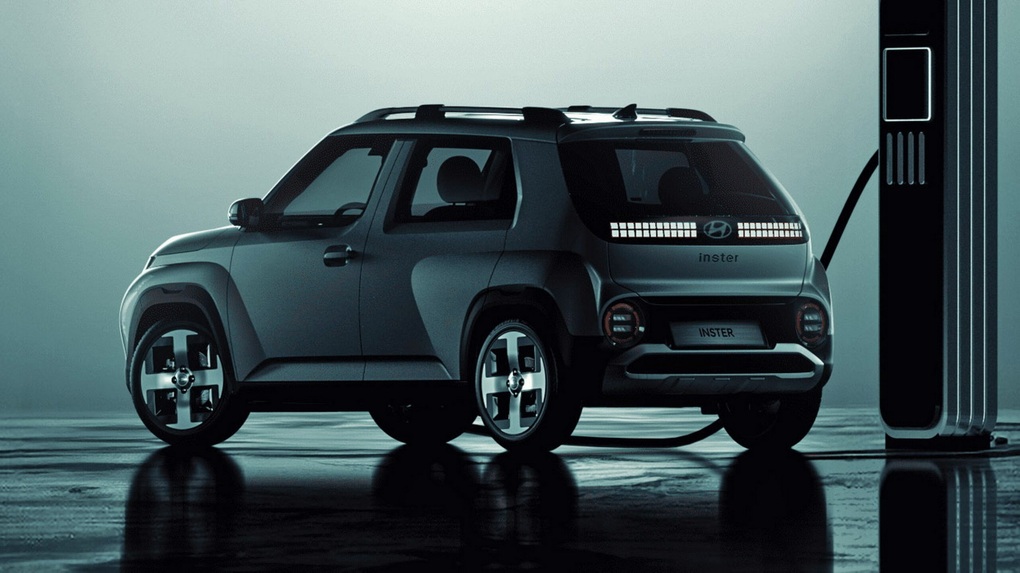
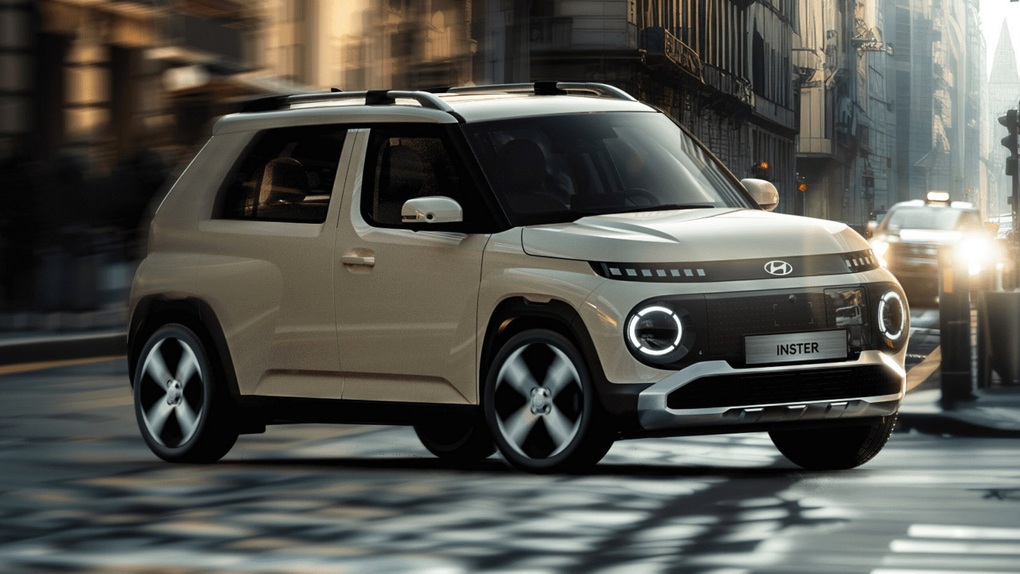
(Photos: Hyundai)
Bình luận: